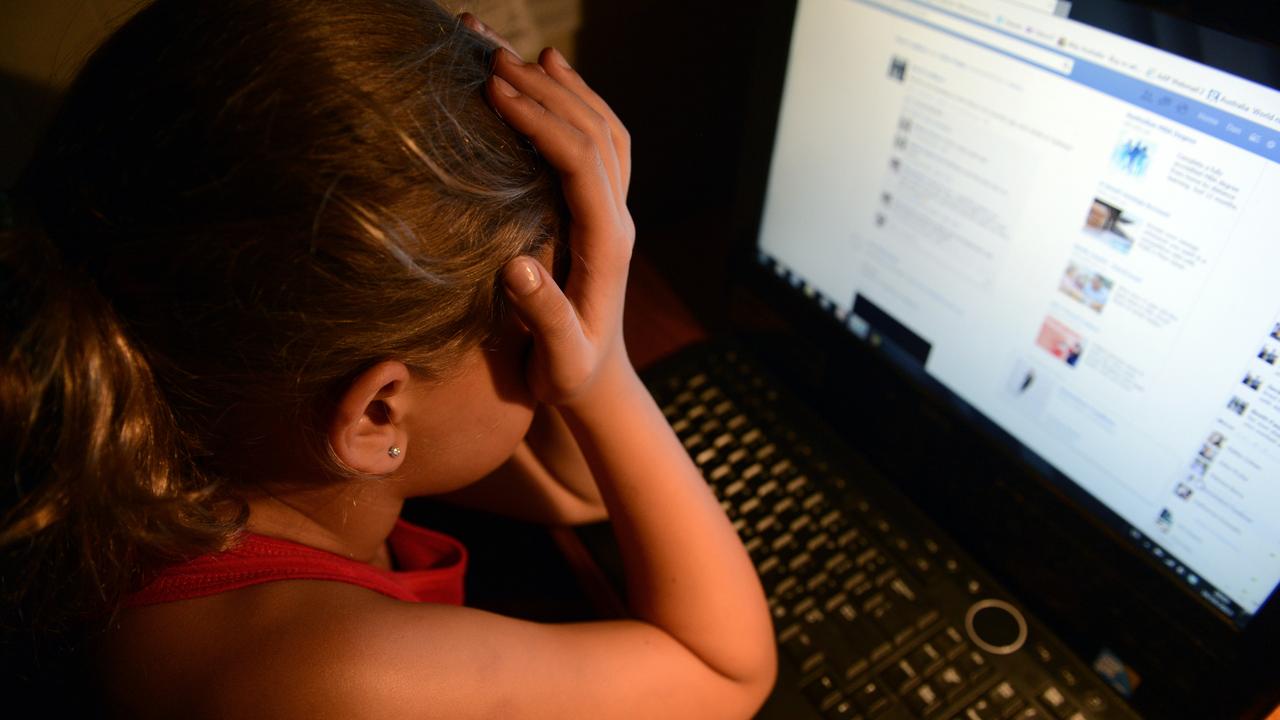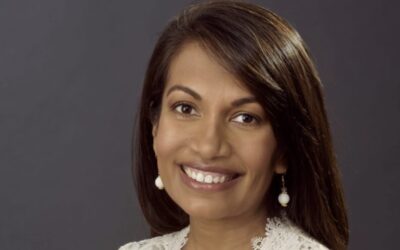More than a quarter of British children consuming news online say they have believed a fake or artificially generated story, according to research.
The finding from UK online safety charity Internet Matters that 27 per cent have fallen prey to fake news has prompted calls for children to be given better critical thinking skills to keep them safe online.
The proportion is greater among vulnerable children – which for this report included those who have qualified for special educational needs support or have an education, health and care plan, or those with a physical or mental health condition.
Around four in 10 of this group believed a fake or AI-generated story, compared with 23 per cent of children not deemed as vulnerable for this research.
“Today I’ve seen about three videos of natural disasters like hurricanes and floods and they’ve all been fake but I believed every single one of them, the AI fooled me,” one 17-year-old girl told researchers.
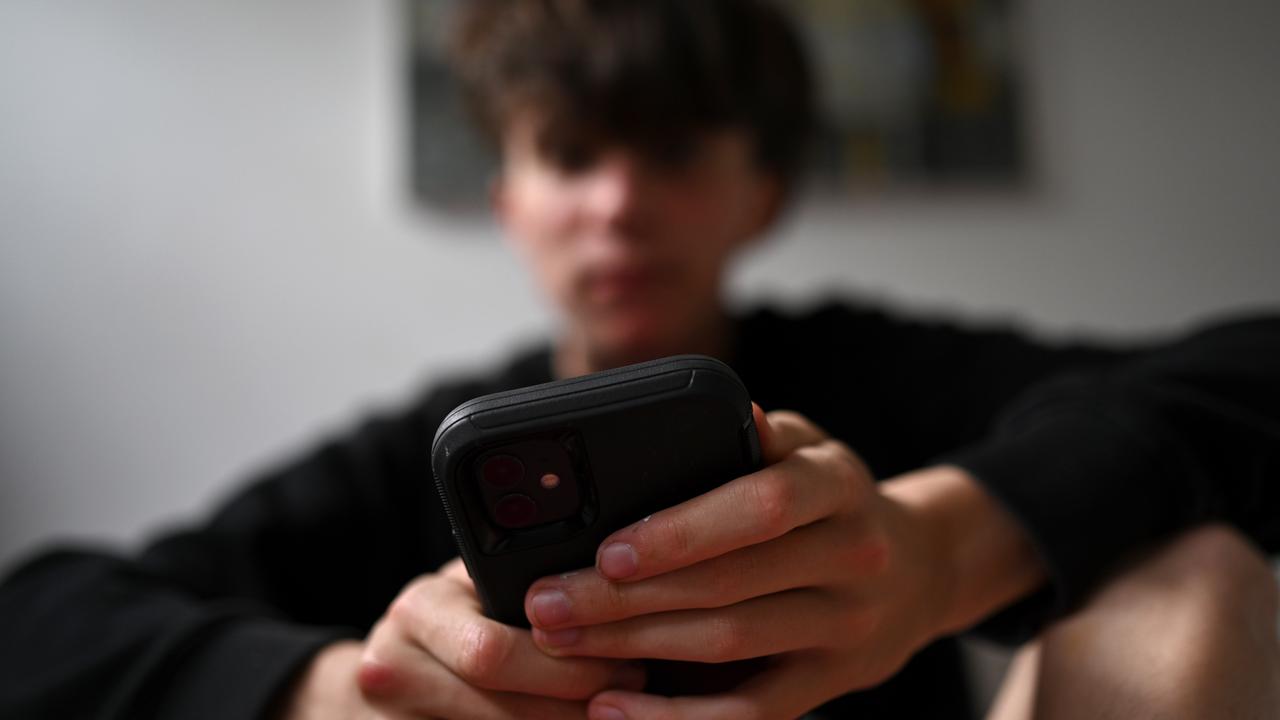
The report warned the spread of misinformation online “can deepen social and political divides and even trigger real-world harm” such as the riots in the aftermath of the Southport murders, in which three girls were fatally stabbed at a dance class.
“The spread of AI-generated content, including deepfakes, on social media is also increasing the risk of mis- and disinformation and making it more difficult for users to verify and trust news,” researchers added.
Deepfakes are defined as AI-generated images, videos and audio manipulated to misrepresent the appearance, speech or actions of someone or something.
Almost half of children said they feel social media companies should take proactive steps to remove fake news, while 40 per cent said AI-generated content should be clearly flagged or labelled.
Overall, the report found that just over three-quarters of children consume news weekly, with 68 per cent of those children getting their news from social media.
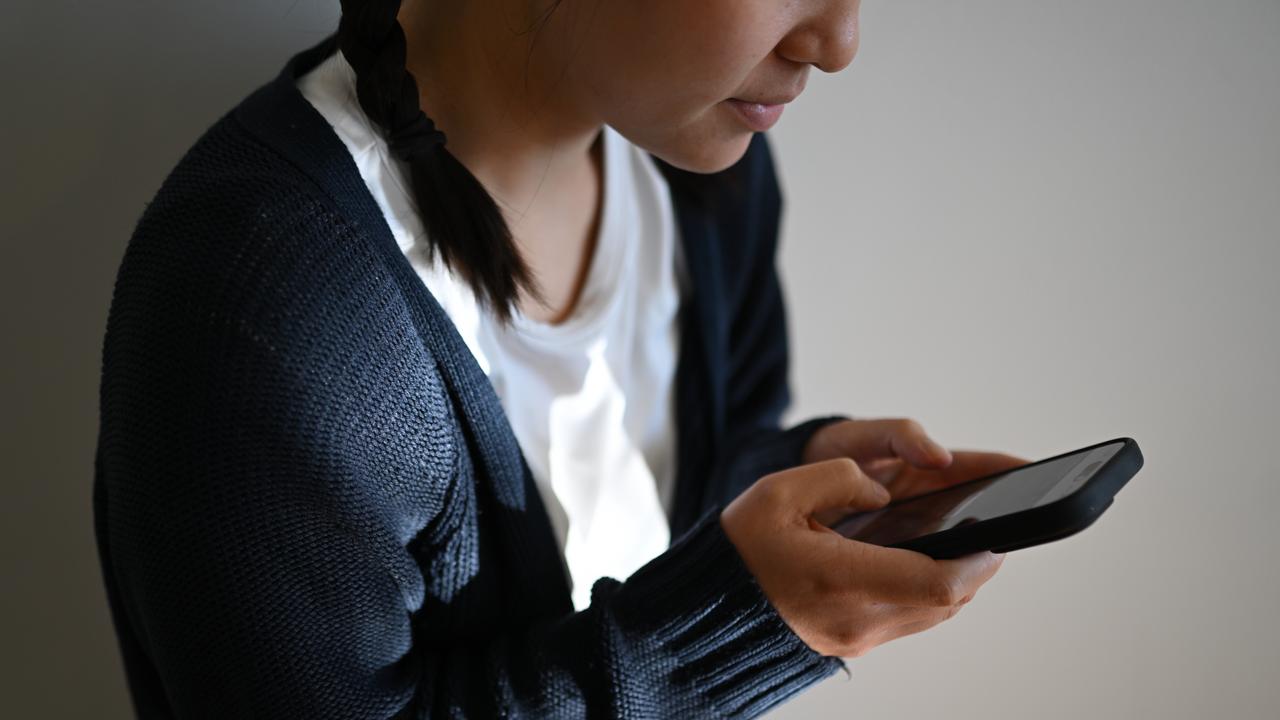
The proportion getting their information from news outlets’ social media accounts is similar to the proportion who get it from influencers or content creators, at 41 per cent and 40 per cent respectively.
The charity said social media algorithms play a “significant role” as the research found 40 per cent of children who said they get their news from social media do not actively follow news-focused accounts, with many reporting they come across news content via accounts and posts automatically suggested to them.
The report also warned of the harmful impacts on children if distressing news content is pushed in their online feeds, with 61 per cent of children who get news on social media saying they have seen a story that worries or upsets them in the past month, and 41 per cent reporting feeling overwhelmed by it.
Labour MP Jess Asato, who is a member of British parliament’s Education Select Committee, said children are too often exposed to harmful or misleading content online with little support to make sense of it.
“We need to embed media literacy across education so every child can think critically, question what they see, and stay safe online,” she said.
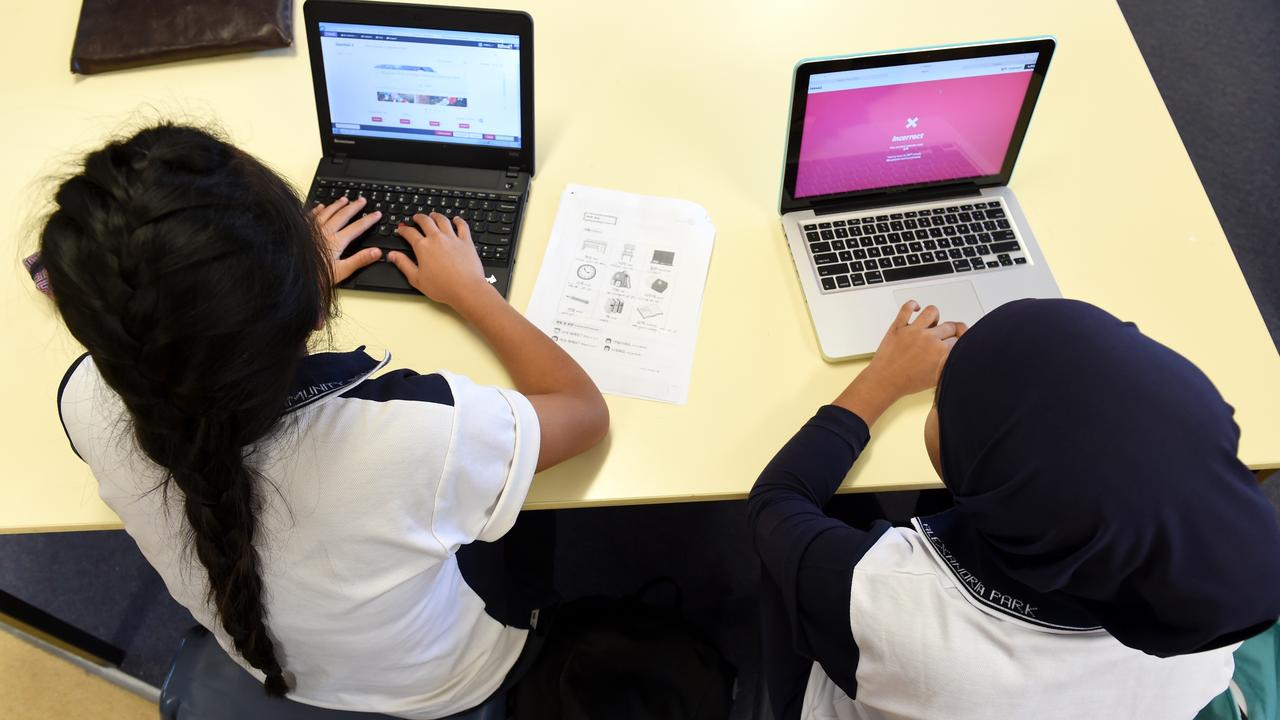
Rachel Huggins, from Internet Matters, said social media has become “the primary medium of news and information for most children”.
“While social media can offer immediate access to news which keeps children and young people informed and connected with the world around them, the volume of information, which is often negative, poses a risk to their wellbeing,” she said.
“The negative effects of this information environment are exacerbated by the rise of mis- and disinformation and AI-generated content, which complicates how to distinguish between true and false online and impacts young people’s trust in the news.”
The report’s findings are based on a survey of 961 UK news-consuming children aged 11-17 in July 2025.
Lifeline 13 11 14
Kids Helpline 1800 55 1800 (for people aged 5 to 25)
Australian Associated Press is the beating heart of Australian news. AAP is Australia’s only independent national newswire and has been delivering accurate, reliable and fast news content to the media industry, government and corporate sector for 85 years. We keep Australia informed.
